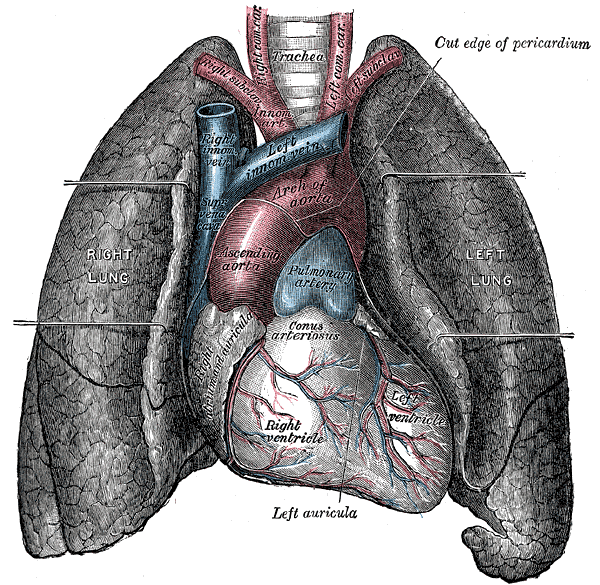 Last summer, I spent nearly a whole day sitting by the river in my hometown with an old friend from grade school. For most of it, we didn’t talk.
Last summer, I spent nearly a whole day sitting by the river in my hometown with an old friend from grade school. For most of it, we didn’t talk.
It was not an easy task for me at first. Although I like quiet, the river I usually swim in is made of words: writing, talking, reading, listening to the radio. On this summer day, however, I had to make do without them. Earlier in the year, my friend had had a stroke. In addition to control over the right side of his body, he had lost most of his ability to speak or write.
Not knowing how much he could understand of what I said, at first I barraged him with nervous chatter. Most of the time he shook his head, and eventually I calmed down enough to be quiet. We sat under the flood-bent alder trees, watching the light glint on the water. When it got too hot, we got up and waded in, stacking river rocks in balanced towers. I left for DC a few days later without seeing him again.
 Although the brain was the ultimate target of my friend’s stroke, it started with an errant whorl, or sudden halt, in the flow of blood from his heart, the result of a malfunction in an artificial pacemaker he’d worn since childhood. Since last summer I’ve been more aware than usual of that solemn organ, and of how little I know about it beyond the basics: multiple compartments, tubes sticking this way and that, good for several billion beats in a lifetime, if you’re lucky. Then I saw this video of Alya Red, a new computational model of a human heart at the Barcelona Supercomputing Center, and was flabbergasted.
Although the brain was the ultimate target of my friend’s stroke, it started with an errant whorl, or sudden halt, in the flow of blood from his heart, the result of a malfunction in an artificial pacemaker he’d worn since childhood. Since last summer I’ve been more aware than usual of that solemn organ, and of how little I know about it beyond the basics: multiple compartments, tubes sticking this way and that, good for several billion beats in a lifetime, if you’re lucky. Then I saw this video of Alya Red, a new computational model of a human heart at the Barcelona Supercomputing Center, and was flabbergasted.
If, like me, your most vivid ideas of the heart come from crushing a plastic dummy’s ribcage in a CPR class, you too will be amazed and perhaps even distressed by this trembling, gelatinous mass of simulated muscle, rippling at the slightest brush of modeled electrical stimulation. Not at all a tough lump of flesh, it looks — dare I say it — heartbreakingly sensitive.
Hundreds of thousands of computations simulate the organ’s geometry, and the orientation of long muscle fibers that wring the heart when they contract. Now for the horrifying part: this requires the supercomputer to do so much math that it must break up the work among 10,000 separate processors. Even Fernando Cucchietti, a physicist who helped create the video, agrees that the heart’s complexity has a dark side. At first, the video conveyed “too much wonder,” he says “It was almost appalling.”
Appalling wonder — that just about says it. On good days, when I try to write about such things, I feel like an industrious housewife, tidying up cluttered corners and making clean, lemon-scented sentences. Maybe this new supercomputer model will make better pacemakers, or help devise new ways to mend my friend’s broken heart. Then there are days like this, when I think about the tiny metal object that both enabled and derailed his life, and just feel speechless.
_________
I think I’ll have a bowl of oatmeal and go for a brisk (quiet) walk.
thank you
“No man-made structure is designed like a heart. Considering the highly sophisticated engineering evidenced in the heart, it is not surprising that our understanding of it comes so slowly.”
Daniel D. Streeter Jr